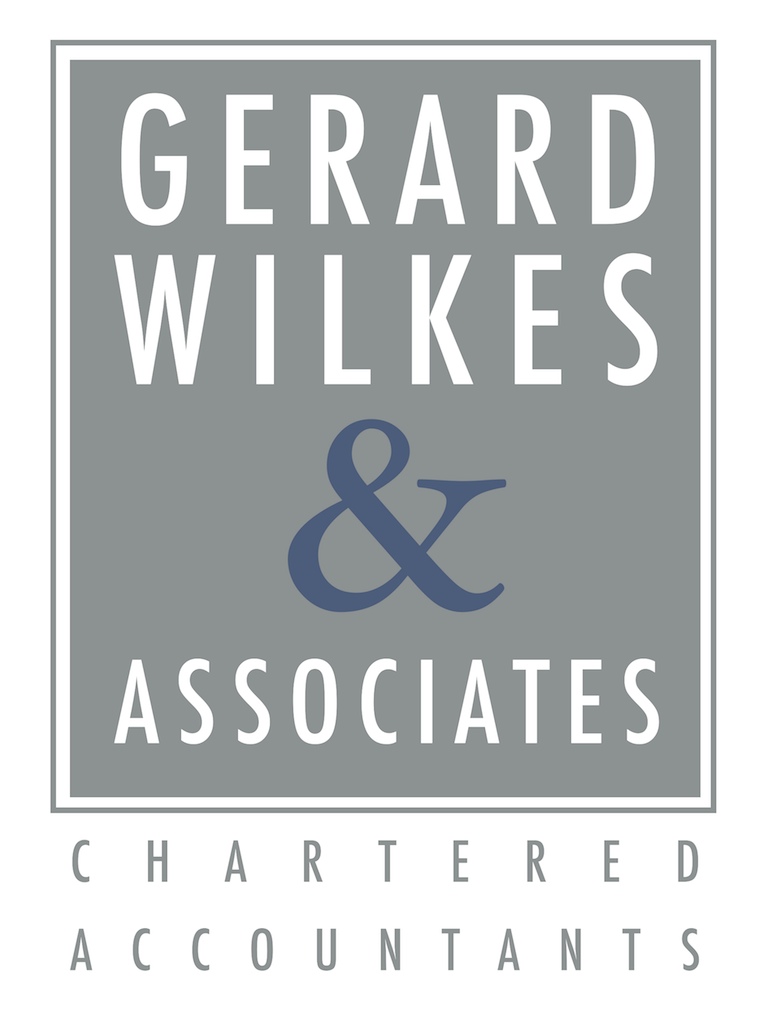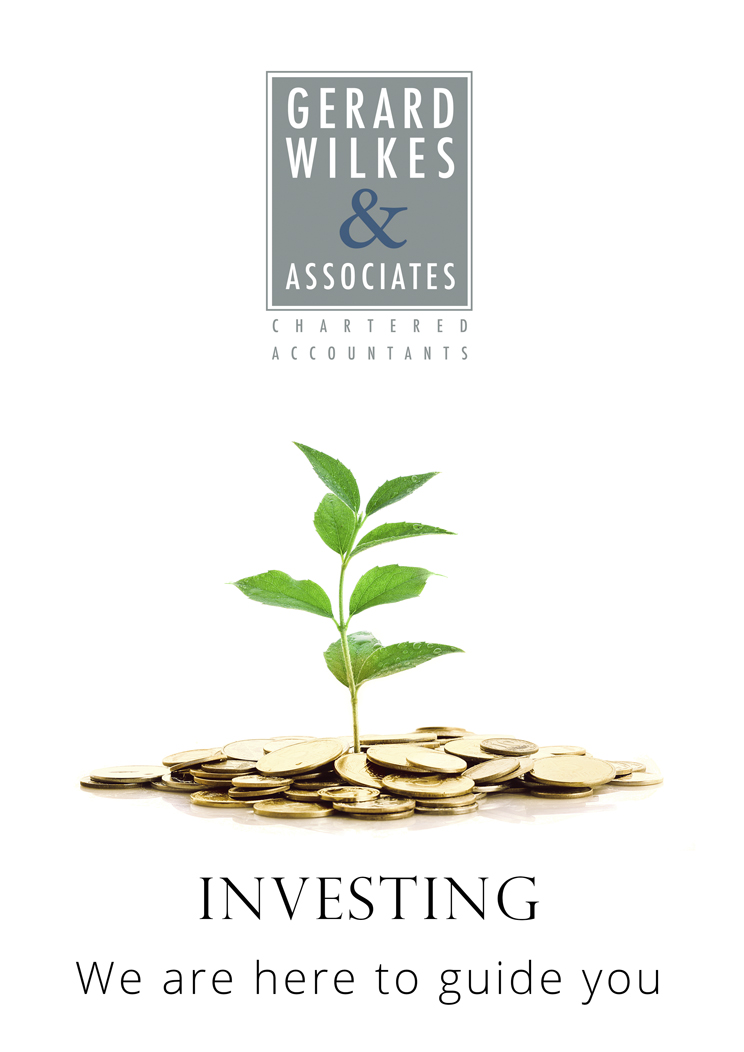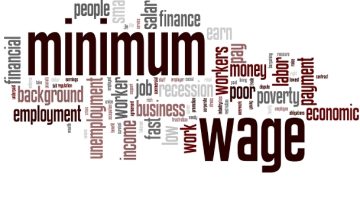
Planning for your retirement.
As the years pass by, many of us look forward to having the time to travel and enjoy more of life. However, it can come as a shock how much you may need to fulfill your retirement plans and when is the best time to retire. We can provide you with clear options in relation to when you could retire and how much you can expect to live on with your accumulated savings. You may be entitled to social security and able to improve your income return which can provide a happier retirement.
Now that we are living longer, retirement may last three decades or more. That’s a long time to regret not doing more to plan and save for a personally fulfilling, financially secure retirement.
Some of us dream about the day we can stop work and do all the things we never had time for when spending our time making a living. The chance to travel without having to race back to work, or pursue hobbies, make a sea or tree change or spend more time with family.
Today a 65-year-old can expect to live to an average age of 84.6 years for men and 87.3 for women, or roughly 20 and 22 years respectively. That’s a long time, and it’s only an average. Half will live longer than that, many into their 90’s. The reality is that many of us could spend almost as long in retirement as we did in the workforce and that requires careful planning. So, get the ball rolling by working through these seven simple steps.
Step 1. How do you want to live in retirement? Think about where you want to live and in what type of home. Maybe you want to holiday overseas every year while you are still physically active or buy a van and tour Australia. Do you want to eat out regularly, play golf, and lead an active social life, or are you a homebody who enjoys gardening, or just pottering in the shed? Also think about the cost of creature comforts, such as the ability to upgrade cars, computers and mobiles, buy nice clothes, enjoy good wine and pay for private health insurance. If you are married or have a partner, share your thoughts with them. If you have different dreams and expectations about the way you want to live in retirement, it’s better to find out now while you still have time to plan.
Step 2. As a rule of thumb, financial advisers suggest you will need somewhere between two thirds (66%) and 80% of your pre-retirement income to continue living in the manner to which you have become accustomed. That’s because it’s generally cheaper to live in retirement as you will no longer be making superannuation or mortgage payments, assuming you own your own home debt free. A good way to begin thinking about your retirement needs and working out a budget is to visit the ASFA Retirement Standard, where you will find detailed budgets for different households and living standards. The budgets are updated quarterly and assume you own their own home. We think the income estimates detailed below are insufficient and we would urge our clients to try to strive for a much higher retirement income. The ASFA suggests singles aged 65 would need around $27,600 a year to live a modest lifestyle while couples need $39,600. A comfortable lifestyle would cost $43,200 for singles and around $60,800 for couples. Some people will be hoping for a retirement lifestyle that is more than comfortable, especially if they are used to a much higher pre-retirement income than $60,000 a year. To put these figures in perspective, the full Age Pension is currently $23,823 a year for singles and $35,916 for couples. As you can see, this does not stretch to ASFA’s modest budget, let alone a comfortable lifestyle, especially for retirees who are paying rent or still paying off a mortgage on top of other expenses. Remember to we are here to help you make the right plan for your retirement, so talk to one of our team today.

Step 3. Once you have a rough idea what your ideal retirement lifestyle will cost, we can assist you to calculate how much you would need to save to fund it. Using the ASFA benchmark for a comfortable lifestyle, say you hope to have annual income of $60,800 a year in retirement and expect to earn a return of 6% a year on your savings. You would need a lump sum of just over $1 million to provide this level of income without drawing down your capital; less if you are prepared to eat into your capital as well. The issue then is how long you want your money to last, given that none of us knows how long we will live. Say you plan to retire at 65 and want your money to last until age 85, which is around the average life expectancy. Couples would need a lump sum of $640,000 to fund a comfortable lifestyle of $60,800 a year, while singles would need $545,000 to fund a comfortable lifestyle of $43,200 a year. This assumes your investments earn a 6% return and you receive a partial Age Pension. There are a few caveats here. Eligibility for the Age Pension is currently 65 and six months but will gradually increase to 67 by 1 July 2023. If you expect to supplement your super with full or part Age Pension, you may need to adjust your retirement age accordingly. And if you are a conservative investor and opt for investment returns of less than 6% you will need a bigger nest egg. So, let us help you formulate a plan to help achieve your retirement goals.
Step 4. As you can see from Step 3, one of the difficulties in planning for retirement is the ‘known unknown’ of how long we will live. The challenge is to ensure your cash lasts the distance, however long that may be. You may want to retire at 60 but that might mean you run out of cash and spend the final decades of your life on the Age Pension. You may also have a younger spouse who will be dependent on income from your investments after you die. Also be aware that your spending patterns are likely to change over the course of your retirement, determined by your health and mobility. Most people go through three phases of retirement. The timing of each phase will be different for everyone, but the sequence is the same. You can expect to spend more in the early active phase of retirement when you are more likely to travel and spend time outside the home, and the frail later years when spending on health and aged care increase significantly. Spending tends to drop in the middle years when the joints get a little creaky and niggling health problems emerge. As your activity and mobility decline you are more likely to stay closer to home and live a little more frugally. The most overlooked area of retirement planning is aged care, and it is potentially the most expensive. Most of us want to age in place in our own home, but the reality is that many of us will end our days in an aged care facility. Think about how you might pay for this. Do you plan to use the equity in your home to help fund aged care if necessary, or do you want to leave it to the kids? Government subsidies may reduce out-of-pocket costs but having savings will increase your options and access to high quality care at home or in an aged care facility.
Step 5. The next step is to work out how close you are to making your retirement dream a reality, by working out how much you have already saved in and out of superannuation. Check how much super you have by digging out your latest statement or visiting your fund’s website. Add to this any savings and other assets you hold outside super. Subtract your debts, including outstanding loans and credit card bills, to arrive at your current net savings.
Step 6. Now you can work out how much you are likely to have by the time you hope to retire if you continue your current savings strategy. This will be a best estimate, because future market performance, interest rates and government policy are impossible to predict. The ASIC Money Smart website has online calculators that can help you with this. You will need to include Superannuation Guarantee payments made by your employer, salary sacrifice amounts or regular voluntary contributions. Don’t forget to add cash, shares, property and any other investments you hold outside super.
Step 7. If there’s a gap between your retirement dream and your projected savings, you still have choices. Provided you haven’t left your planning until the last minute, try to make additional super contributions up to your concessional cap of $25,000 a year (Current law as at 2020). If you have unused cap amounts from previous years and a total super balance below $500,000 you may be able to make catch-up contributions. If you have more to invest or you receive a windfall, don’t forget you can make an after-tax contribution of up to $300,000 in any three-year period (provided you qualify). This is where the Gerard Wilkes team can help you get on track and meet those goals needed to ensure a successful retirement.
REF:
https://www.superguide.com.au/boost-your-superannuation/retirement-planning-in-six-steps
https://www.superannuation.asn.au/resources/retirement-standard
https://www.humanservices.gov.au/individuals/subjects/age-pension-and-planning-your-retirement
Learn more about retirement needs & planning.
Schedule a time to talk to one of our Retirement Planning Specialist who can help you:
| Discover your retirement needs and wants. | How much do you have and how much will you need? | ||
| What will your retirement cost you? | Learn how to reach your goals quicker. | ||
| How to know how long you will need to fund your retirement. | Retire with peace of mind… | ||
Don’t wait until it’s too late. Contact us, today
NEVER TO EARLY

Planning for your retirement.
As the years pass by, many of us look forward to having the time to travel and enjoy more of life. However, it can come as a shock how much you may need to fulfill your retirement plans and when is the best time to retire.
We can provide you with clear options in relation to when you could retire and how much you can expect to live on with your accumulated savings. You may be entitled to social security and able to improve your income return which can provide a happier retirement.
Now that we are living longer, retirement may last three decades or more. That’s a long time to regret not doing more to plan and save for a personally fulfilling, financially secure retirement.
Some of us dream about the day we can stop work and do all the things we never had time for when spending our time making a living. The chance to travel without having to race back to work, or pursue hobbies, make a sea or tree change or spend more time with family.
Today a 65-year-old can expect to live to an average age of 84.6 years for men and 87.3 for women, or roughly 20 and 22 years respectively. That’s a long time, and it’s only an average. Half will live longer than that, many into their 90’s.
The reality is that many of us could spend almost as long in retirement as we did in the workforce and that requires careful planning. So get the ball rolling by working through these seven simple steps.

Step 1. How do you want to live in retirement? Think about where you want to live and in what type of home. Maybe you want to holiday overseas every year while you are still physically active or buy a van and tour Australia.
Do you want to eat out regularly, play golf, and lead an active social life, or are you a homebody who enjoys gardening, or just pottering in the shed? Also think about the cost of creature comforts, such as the ability to upgrade cars, computers and mobiles, buy nice clothes, enjoy good wine and pay for private health insurance.
If you are married or have a partner, share your thoughts with them. If you have different dreams and expectations about the way you want to live in retirement, it’s better to find out now while you still have time to plan.
Step 2. As a rule of thumb, financial advisers suggest you will need somewhere between two thirds (66%) and 80% of your pre-retirement income to continue living in the manner to which you have become accustomed.
That’s because it’s generally cheaper to live in retirement as you will no longer be making superannuation or mortgage payments, assuming you own your own home debt free.
A good way to begin thinking about your retirement needs and working out a budget is to visit the ASFA Retirement Standard, where you will find detailed budgets for different households and living standards. The budgets are updated quarterly and assume you own their own home.
ASFA suggests singles aged 65 would need around $27,600 a year to live a modest lifestyle while couples need $39,600. A comfortable lifestyle would cost $43,200 for singles and around $60,800 for couples. Some people will be hoping for a retirement lifestyle that is more than comfortable, especially if they are used to a much higher pre-retirement income than $60,000 a year.
To put these figures in perspective, the full Age Pension is currently $23,823 a year for singles and $35,916 for couples. As you can see, this does not stretch to ASFA’s modest budget, let alone a comfortable lifestyle, especially for retirees who are paying rent or still paying off a mortgage on top of other expenses. Remember to we are here to help you make the right plan for your retirement, so talk to one of our team today.

Step 3. Once you have a rough idea what your ideal retirement lifestyle will cost, work out how much you would need to save to fund it.
Using the ASFA benchmark for a comfortable lifestyle, say you hope to have annual income of $60,800 a year in retirement and expect to earn a return of 6% a year on your savings.
You would need a lump sum of just over $1 million to provide this level of income without drawing down your capital; less if you are prepared to eat into your capital as well.
The issue then is how long you want your money to last, given that none of us knows how long we will live. Say you plan to retire at 65 and want your money to last until age 85, which is around the average life expectancy.
Couples would need a lump sum of $640,000 to fund a comfortable lifestyle of $60,800 a year, while singles would need $545,000 to fund a comfortable lifestyle of $43,200 a year. This assumes your investments earn a 6% return and you receive a partial Age Pension.
There are a few caveats here. Eligibility for the Age Pension is currently 65 and six months but will gradually increase to 67 by 1 July 2023. If you expect to supplement your super with full or part Age Pension, you may need to adjust your retirement age accordingly.
And if you are a conservative investor and opt for investment returns of less than 6% you will need a bigger nest egg. So let us help you formulate a plan to help achieve your retirement goals.
Step 4. As you can see from Step 3, one of the difficulties in planning for retirement is the ‘known unknown’ of how long we will live. The challenge is to ensure your cash lasts the distance, however long that may be. You may want to retire at 60 but that might mean you run out of cash and spend the final decades of your life on the Age Pension.
You may also have a younger spouse who will be dependent on income from your investments after you die. Also be aware that your spending patterns are likely to change over the course of your retirement, determined by your health and mobility.
Most people go through three phases of retirement. The timing of each phase will be different for everyone, but the sequence is the same.
You can expect to spend more in the early active phase of retirement when you are more likely to travel and spend time outside the home, and the frail later years when spending on health and aged care increase significantly.
Spending tends to drop in the middle years when the joints get a little creaky and niggling health problems emerge. As your activity and mobility decline you are more likely to stay closer to home and live a little more frugally.
The most overlooked area of retirement planning is aged care, and it is potentially the most expensive. Most of us want to age in place in our own home, but the reality is that many of us will end our days in an aged care facility. So think about how you might pay for this.
Do you plan to use the equity in your home to help fund aged care if necessary, or do you want to leave it to the kids? Government subsidies may reduce out-of-pocket costs but having savings will increase your options and access to high quality care at home or in an aged care facility.
Step 5. The next step is to work out how close you are to making your retirement dream a reality, by working out how much you have already saved in and out of superannuation.
Check how much super you have by digging out your latest statement or visiting your fund’s website. Add to this any savings and other assets you hold outside super. Subtract your debts, including outstanding loans and credit card bills, to arrive at your current net savings.
Step 6. Now you can work out how much you are likely to have by the time you hope to retire if you continue your current savings strategy.
This will be a best estimate, because future market performance, interest rates and government policy are impossible to predict. The ASIC MoneySmart website has online calculators that can help you with this. You will need to include Superannuation Guarantee payments made by your employer, salary sacrifice amounts or regular voluntary contributions.
Don’t forget to add cash, shares, property and any other investments you hold outside super.
Step 7. If there’s a gap between your retirement dream and your projected savings, you still have choices. Provided you haven’t left your planning until the last minute, try to make additional super contributions up to your concessional cap of $25,000 a year.
If you have unused cap amounts from previous years and a total super balance below $500,000 you may be able to make catch-up contributions. If you have more to invest or you receive a windfall, don’t forget you can make an after-tax contribution of up to $300,000 in any three-year period.
This is where the Gerard Wilkes team can help you get on track and meet those goals needed to ensure a successful retirement.
REF:
https://www.superguide.com.au/boost-your-superannuation/retirement-planning-in-six-steps
https://www.superannuation.asn.au/resources/retirement-standard
https://www.humanservices.gov.au/individuals/subjects/age-pension-and-planning-your-retirement









